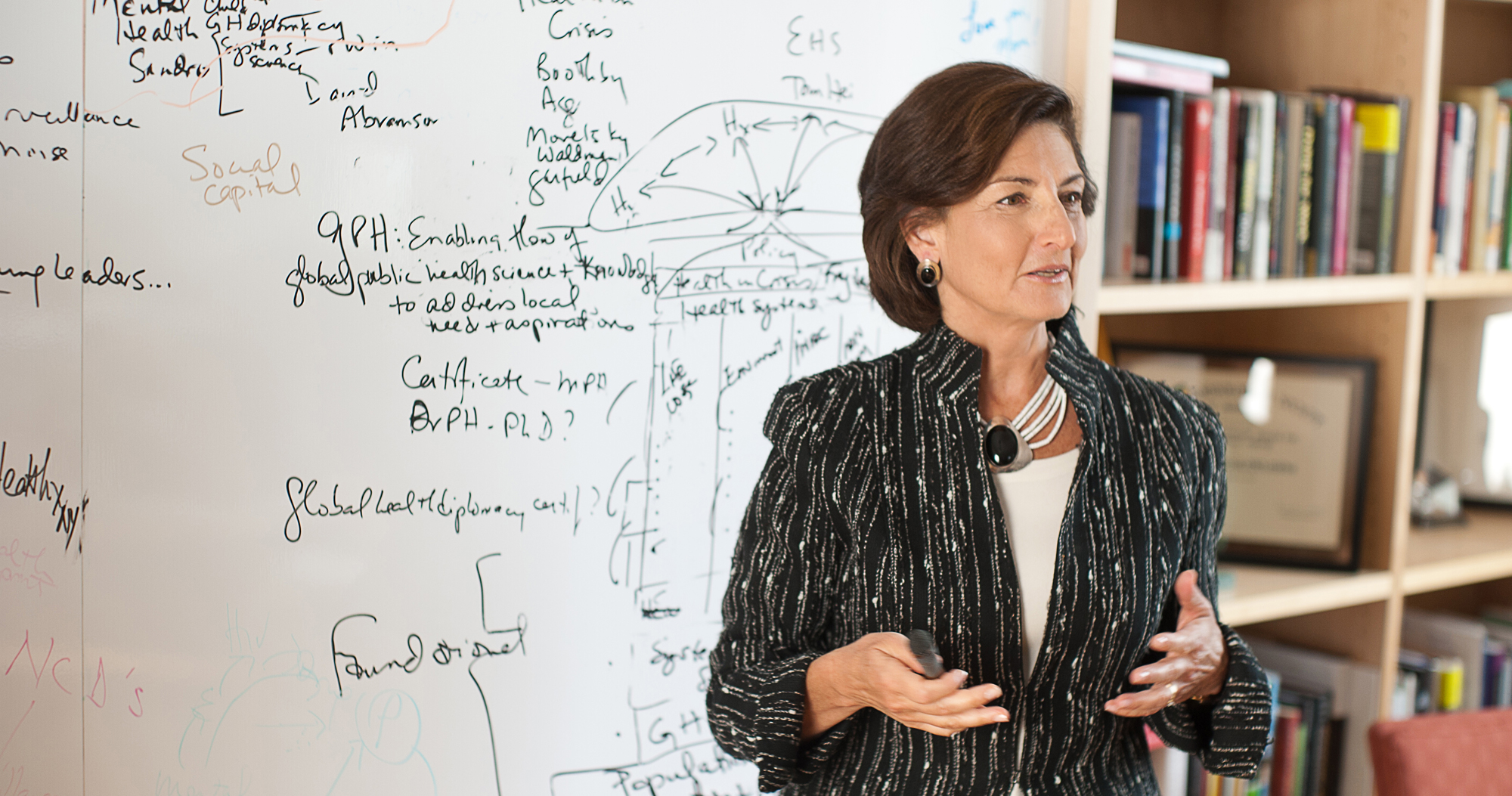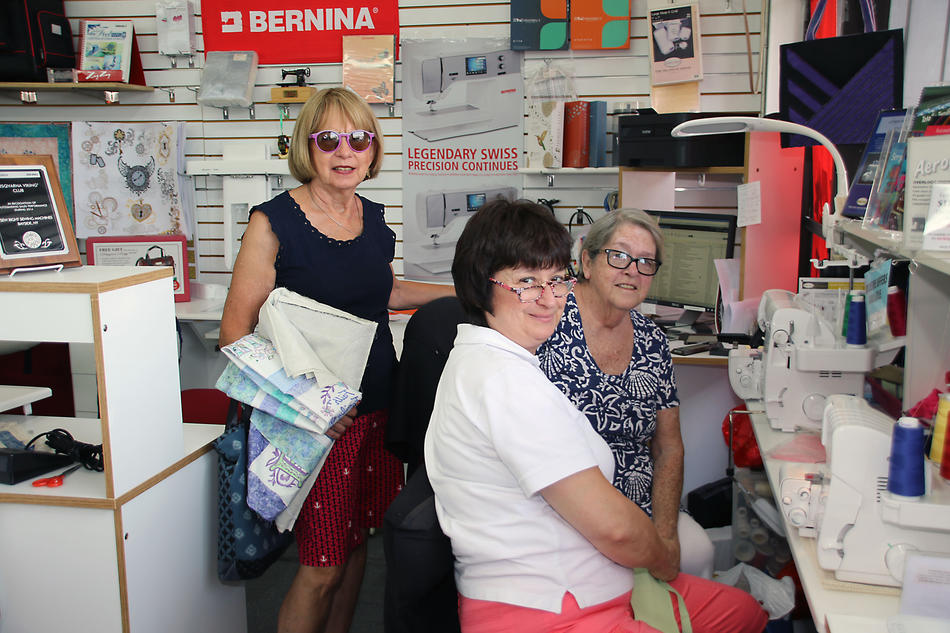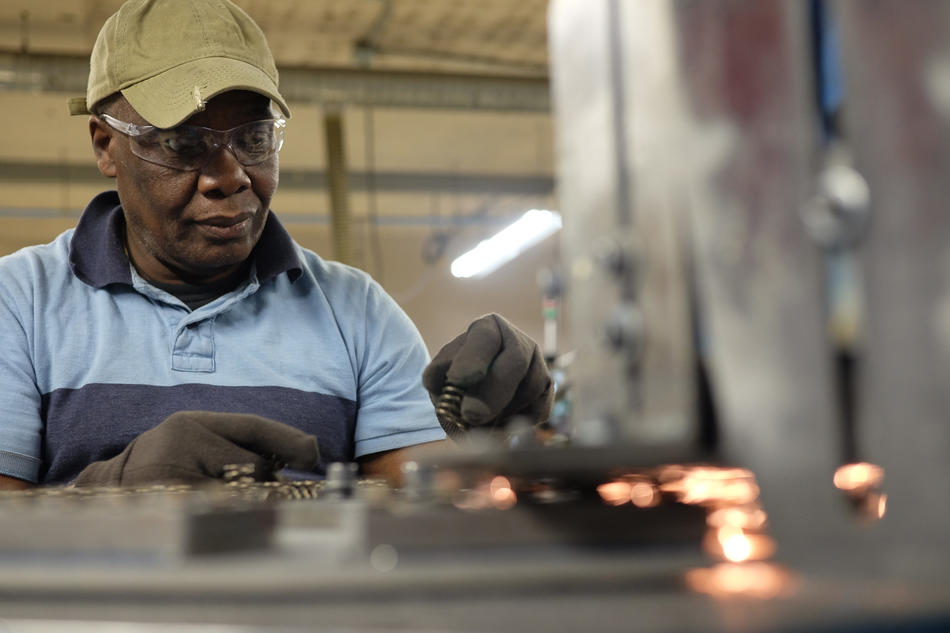
We know the US population is aging. Can you give us a little perspective on this demographic shift?
Today, 15 percent of all Americans are sixty-five or older, and by 2030 that number will reach 20 percent. This isn’t a temporary bump caused by the aging of baby boomers. It’s primarily the result of major public-health achievements that, over the past century, have added more than three decades to the average American lifespan. Many people are now living well into their eighties or nineties, which means that we have an entirely new stage of life to explore. It’s amazing. It’s what we always wanted: for everybody to live longer. And yet we’ve declared it a disaster — “Oh, no, we can’t afford it; how terrible to have all these old people around.”
So you don’t share the concerns of people who warn that this cohort will bankrupt our Social Security and Medicare systems?
It’s true that Social Security and Medicare will soon need to be tweaked because more people are now drawing benefits out of those programs relative to the number paying taxes into them. But the situation can be addressed with some combination of minor tax increases and adjustments in the programs’ eligibility ages.
What I find perplexing is the attitude that older people represent a financial burden on society. I see them as a great untapped resource. Psychological research has shown that older people have a strong desire to make a difference in the world. Many of them are eager to remain involved in work or in volunteer activities. So why not connect these large numbers of wise and experienced older Americans with important social initiatives that could use their help?
You designed a nationwide program, the AARP Foundation Experience Corps, that assigns older Americans to serve as tutors in public schools.
Yes, the inspiration came from work I did as a young physician in Baltimore back in the 1980s. I saw a lot of depression, anxiety, and feelings of social isolation in otherwise healthy older people, and so I encouraged them to find something meaningful to do and report back to me. Nine times out of ten, I would hear that they couldn’t find suitable roles for themselves out in the community.
So in the 1990s I designed a new approach, and later I teamed up with a social activist named Marc Freedman to create a volunteer program in which older people can serve in public schools to improve children’s success. Today, Experience Corps includes two thousand volunteers tutoring thirty thousand students a year in twenty-one US cities. Studies have shown that children in the participating schools earn better grades, have fewer behavior problems, and are more likely to go on to complete high school. The volunteers benefit, too, in terms of both their physical and mental health.
Since joining Columbia in 2008, you’ve established the Mailman School as a major hub of research on aging.
Our school now hosts the Robert N. Butler Columbia Aging Center, which promotes interdisciplinary research on nearly every aspect of aging. Mailman School scientists are investigating questions like: How do you prevent or delay the onset of Alzheimer’s disease? How can older people remain active even when they begin to experience health problems? And how might we redesign our cities, workplaces, and social policies to better serve people of all ages?
What are some of the important findings so far?
One of the biggest breakthroughs in the field of gerontology in recent years has been to show how surprisingly resilient our minds and bodies are. For instance, Columbia scientists have demonstrated that we can continue to improve our cognitive abilities until very late in life, even accessing and strengthening parts of our brains that we’d long left dormant. And my own research has shown that many of the physical ailments that are associated with aging — weight loss, muscle weakness, exhaustion, slow walking, and balance problems, along with heart disease and stroke — are not an inevitable part of growing old, as physicians used to think, but are actually preventable.
How can you prevent them?
The single most important thing a person can do as he or she gets older is to remain physically active. Diet is important too, but physical activity is crucial. Exercise is the closest thing we’ve found to a magic pill for combating the effects of aging. That’s because it works on every physiological system and keeps your entire body fine-tuned. It even stimulates your brain and helps to prevent cognitive decline.
That said, the prevalence of Alzheimer’s disease has been rising. Do you think we’re prepared as a country?
Unless we invest more money in studying the disease, both as a medical problem and as a public-health challenge, it could be a truly devastating situation. Right now, the US government spends about $600 million a year on Alzheimer’s research, which is less than it spends studying AIDS or cancer and is a pittance compared to the $225 billion that the disease is estimated to cost our country annually. Meanwhile, the number of Alzheimer’s cases in the US is expected to triple, to sixteen million, by 2050.
Research may point a way forward, though. The Health and Retirement Study, a longitudinal survey funded by the National Institute on Aging, has recently shown that among Americans with high levels of education, rates of Alzheimer’s disease have actually plummeted since 2000. Now, the fact that the decline is occurring only among better-educated people is problematic, obviously, but it should motivate us to figure out exactly what resources, activities, and environments protect against dementia. In the meantime, I think we ought to be investing more money in public-health programs that encourage participation in the simple things that we already know are beneficial for long-term cognitive health: reading, learning new tasks, exercising, eating healthfully, and leading an active life.
More and more Americans are working past the official retirement age. Is your faculty studying that issue?
Yes, adults over the age of fifty-five are the fastest growing segment of the workforce, and we’ve done extensive research on the topic. Older people remain on the job for many different reasons. Some can’t afford to retire. Others simply love what they do and want to keep doing it. As scientists, we’re looking at the situation agnostically and asking: if an older person chooses to continue working, regardless of her motivations, how can she accomplish that in a way that’s beneficial to both her and her employer?
What have you learned so far?
Our research has debunked a lot of myths about older workers. For example, we’ve found that workers in many industries continue to be productive well past the age of sixty-five and that the wealth of experience they bring into the workplace improves a team’s performance. This is true in a range of settings, from white-collar workplaces to production lines. One study in a German automobile factory showed that employees on a production line make fewer mistakes if the team is multigenerational.
Are employers getting the message?
Ageism is still a problem in many workplaces, unfortunately. But more and more companies are recognizing the advantages of hiring and retaining older workers. Some big corporations, like CVS drugstores and Fidelity Investments, have recruited older people because they realize that older customers prefer discussing their health needs or retirement plans with people closer to them in age. And many small companies, where staff turnover can be especially disruptive, are hanging on to older workers because they value their institutional knowledge and experience. Overall, the research indicates that the multigenerational workplace is a win-win: good for the companies and good for the workers.
Some have suggested that older workers take jobs away from young people.
That’s another myth that’s been disproved. In fact, several studies have shown that older workers provide a boost to our economy and create jobs for young people, since they have more disposable income.
One serious challenge that does exist is that companies are often reluctant to pay for their older workers’ health-care plans, which tend to be more expensive. I proposed a solution to this in a recent paper: older workers ought to be able to receive full Medicare coverage, which is currently available only to retirees. This would lower companies’ health-care costs and encourage them to keep on their older workers.
Are only industrialized nations seeing their populations age?
The same demographic shift is occurring throughout the world. In some ways, the changes will be more difficult for low- and middle-income nations. Many of them lack the robust social safety nets that we have for older people. And some of them have rising rates of smoking, alcohol abuse, diabetes, stroke, and heart disease, as well as less access to education — all risk factors for frailty, dementia, and other serious health problems that strike people in old age. Many of my Columbia colleagues and I are now collaborating with public-health experts overseas to strategize about how developing nations can best prepare for this transition, based on what we’ve learned works, or doesn’t, in our own countries.
What are some of the lessons you’ve shared?
There are so many. Some may seem small, but they’re important. For example, Mailman School researchers have been looking at how urban infrastructure and public policy can affect the lives of older city dwellers. We’ve shown that installing more street benches, giving older people free access to public transportation, and inviting them to take classes at local universities and at other institutions through which they can stay engaged can dramatically increase their levels of physical, social, and mental activity, and thereby improve their overall health. These are enormously cost-effective measures that can be implemented in cities around the world.
And then there are larger-scale interventions. My Mailman colleague Kavita Sivaramakrishnan is now working in India, China, and Kenya to understand culturally relevant approaches to long-term-care programs for older people. We believe that expanding such programs is a critical need, because these and many other developing nations are undergoing social changes similar to those that occurred in the US many decades ago, when grown children began moving far away from their parents and so were no longer available to directly care for them in their later years. China has the most urgent need for new approaches, as a result of its one-child policy.
To get back to the US, what work must still be done here?
We are still in the process of defining what we want our lives to look like in our seventies, eighties, nineties, and beyond. While many people are truly happy retiring and devoting their time to family, hobbies, and leisure, others feel the urge to do more. We know this is true because Experience Corps, along with a handful of other nationwide volunteer programs for older people, always has long waiting lists of would-be participants. I’m an advocate for these programs not because I think doing volunteer work is the only way to age healthfully but because I’ve seen firsthand what it can mean for older people to know that their lives still have a larger purpose. I’ve sat with retired police officers, plumbers, lawyers, corporate CEOs, and others who, after mentoring children, have looked me in the eye and said things like, “This is the most important work I’ve ever done.” That conviction inspires them to get out of bed every day, to walk to a nearby school, and to stay physically and mentally fit. And as a result, a child who might otherwise have dropped out of school goes on to graduate. Two lives are changed.
We need to design more roles like this for older people, whether that means having them serve as community health advocates, companions for homebound people, or mentors to younger employees at their companies. We need to stop bemoaning the challenges posed by our population’s aging and instead ask ourselves a bold question: how could this transition be great?




